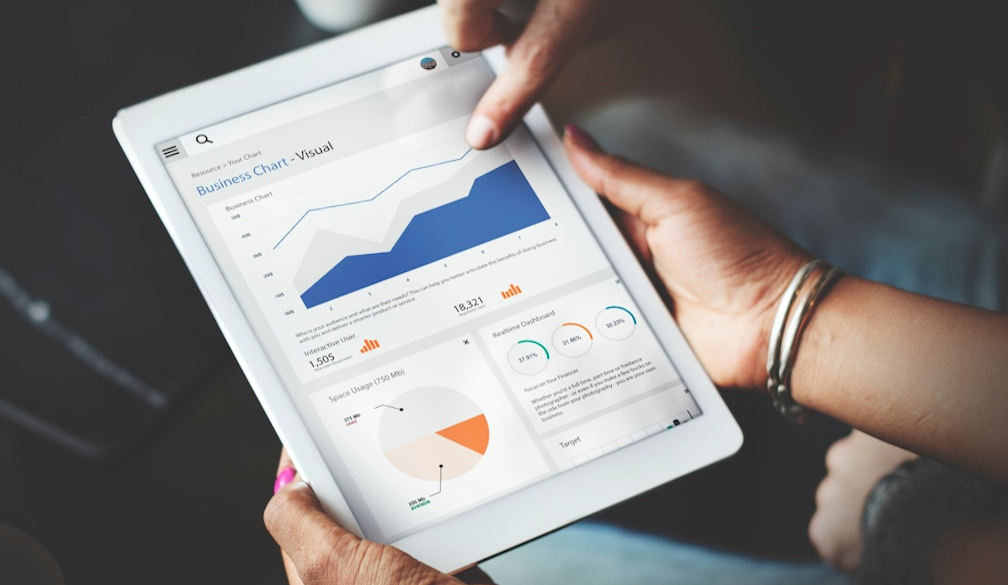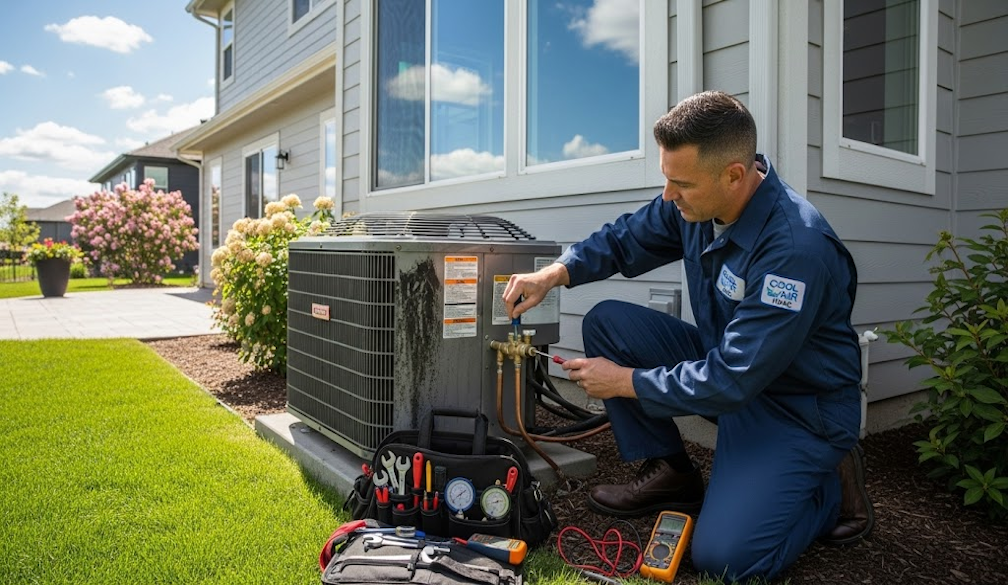Sharing your meter data might help cut your power bill, but it needs secure regulation
- Written by Sangeetha Chandrashekeran, Director, Centre for Resources, Energy and Environmental Law, Melbourne Law School, University of Melbourne
We are now well and truly in the era of big data. Scandals such as Cambridge Analytica show that vast amounts of our personal data are being harvested for commercial gain and, worse still, nefarious purposes. Yet big data also provides exciting opportunities for empowering consumers and enabling new products and services.
A new frontier is the rollout of smart electricity meters in Australia. Giving households more control of their energy consumption data can arguably help them cut their power bills, and drive innovation and competition in the retail energy market. This can involve allowing third parties to access your data.
Read more: Smart electricity meters are here, but more is needed to make them useful to customers
The potential benefits depend on well-functioning markets with effective regulation and adequate consumer protections. But much work remains to be done to ensure that markets function well and that these protections are in place.
Success depends on a strong framework of regulations that upholds data privacy, respects anonymity, and builds trust.
The growth of energy data
Smart meters record our electricity use, and provide two-way remote communication to an electricity provider. In a few years’ time, your average electricity meter will be collecting data at five-minute intervals, providing an unprecedented level of insight into your home life.
High-function smart meters were controversially rolled out to all Victorian households from 2009, by electricity distributors. Now in the rest of Australia, less sophisticated smart meters are being rolled out by energy retailers.
Many households, however, are not included because they live in so-called “embedded networks” such as apartment buildings or caravan parks.
So far, the promised consumer benefits of smart meters have been slow to emerge. Under the existing rules, consumers have the right to access their data or grant a third party access, but most households lack the tools and information to do this easily.
Nevertheless, there are some fairly well-tested solutions available, such as the North American Green Button Initiative and a quality government tariff comparison service.
Consumer data rights
The federal government is currently putting through a major reform package intended to give consumers, and third parties, simple access to their data.
These reforms will initially apply to three key sectors: banking, electricity, and telecommunications. The government claims that if consumers are given access to their energy data they can use it to reduce their energy costs. But this assumes that third parties will develop tools to show consumers how to do it.
The application of the data rights reforms will be developed in each sector separately. Open access in the electricity sector will likely involve creation of a new database by the Australian Energy Market Operator (AEMO) that will store information such as your name, address, email, phone number, current retailer and tariff details, your electricity distributor, and details of whether you have solar panels or batteries at your home.
An entire new system of accreditation will have to be established to allow third parties to apply for access to this data. The threshold question of what constitutes explicit and informed consent has yet to be discussed in detail.
In a world of proliferating data and complex everyday commercial transactions, there are real concerns about consumers’ capacity to understand what we might be signing up for when we simply tick a box and ask for lower power bills.
Protecting consumers
There are multiple metering regimes and meter types across Australia, each with different regulatory protections for consumers. There are national-scale and sector-specific protections under Australian Consumer Law and the National Energy Customer Framework, and there are state and federal privacy laws too. The interaction between these existing regimes and the Consumer Data Right is unclear and needs much more analysis.
We know that consumers want to have control over how their data is collected and shared, and that they feel powerless when it comes to big data. It is crucial that we develop a universal regulatory framework for access to energy data that is simple and safe for all consumers.
Read more: Capping electricity prices: a quick fix with hidden risks
The European Union’s General Data Protection Regulation requires that consumer consent is explicit, confined to a specific purpose, easy to understand, freely given, and easily withdrawn. Pre-ticked consent boxes are not permitted under these rules.
We should follow this lead and undertake more research in Australia to test consumers’ comprehension and their effective capacity to consent. We should also do more to ensure that open access does not increase risks for vulnerable groups. We are concerned that valuable datasets can be combined, such as credit ratings (banking), spatial location (telecommunications), and household activity (energy). There are numerous implications, not least of which is charging vulnerable consumers deemed “less desirable” higher prices and limiting the products and services on offer.
We need to find meaningful ways to reduce energy prices and expand new energy services like solar and electric vehicles across Australia, by making markets work for all consumers. This involves both empowering consumers through a clear and streamlined approach to energy data use and access, and a strong data governance regime that protects consumers against new vulnerabilities and risks.
Authors: Sangeetha Chandrashekeran, Director, Centre for Resources, Energy and Environmental Law, Melbourne Law School, University of Melbourne



















